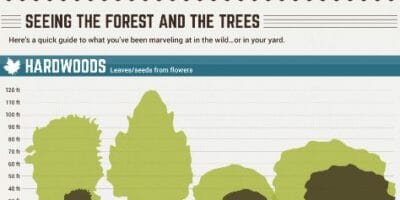Indicators That It Is Required To Remove A Tree - A Manual For Property Owners
Indicators That It Is Required To Remove A Tree - A Manual For Property Owners
Blog Article
Authored By-Rollins Crowder
Trees add charm and worth to residential or commercial property, however they can also posture a risk throughout extreme weather condition occasions. If a tree has actually quit expanding, is exhibiting noticeable fungal growth, or has a leaning trunk, it ought to be removed by a professional to avoid residential property damage and injury.
To read more, attend a home owner source reasonable co-hosted by HPD, the Center for New York City Neighborhoods, and Brooklyn-based real estate partners this night in Bedford-Stuyvesant. The occasion will feature the Property owner Handbook, a brand-new guide to aid property owners browse the responsibilities of having a home.
1. Dead or Perishing Branches
Trees are an integral part of your home's landscape, using shade and appeal. They also supply shelter for wild animals and create oxygen, yet even healthy trees can experience health issue that may require their elimination. Dead or passing away trees aren't just unattractive, they can be unsafe. Their branches can drop throughout a tornado, causing pricey building damage and injuries.
When a tree's branches begin to die, it suggests that its framework is beginning to break down. If you can try this out of its branches are dead, it is likely time to remove it.
Look for a lack of new growth, bark peeling, open injuries or dental caries, fungis expanding on the trunk or roots and a general look of degeneration in the whole canopy. These indicators of infection can suggest a significant trouble that will certainly call for professional tree solutions to solve.
2. Leaning Trunk
While it's normal for trees to lean once in a while as a result of phototropism, if a tree has a hazardous or severe lean that's not due to natural processes - it could be a sign that the tree needs to be eliminated. If the tree is leaning toward a high-voltage line, home, automobile, play framework or any other area that could be dangerous to individuals if it falls, then contacting a professional tree service for elimination should be a leading concern.
It's likewise essential to look for any kind of sudden changes in a tree's leaning as it can show damages to the roots or trunk that might bring about falling. This is especially real during thundercloud, because high winds and rain-soaked dirt can cause a lean to alter swiftly. Normal surveillance, specifically throughout and after tornados can aid property owners acknowledge prospective problems with their trees so they can call an arborist for a thorough evaluation.
3. Pest Infestation
Some pest problems, such as wood-boring pests like emerald ash borer or sap-suckers like range bugs, are so serious that they can trigger a tree to die. The very best way to stop pest infestation is to monitor your trees often. Seek spots, openings, or discolorations in the fallen leaves and bark. Analyze the trunk for fractures and indications of insect damage, such as tunnels or tracks.
If a tree comes to be too infested with pests, or is close to a home or high-voltage line, an arborist might recommend elimination. If a leaning tree develops a new, unpredictable lean, an arborist will likely recommend removal as well to make sure the safety and security of people and property. If related web site damaged or dead tree continually loses too much branches, it is a sign that it is time to eliminate the tree. If a tree continues to lose branches for an extended time period, it could lead to architectural troubles and prospective property damages.
4. Harmed Trunk
Trees are a beautiful and integral part of our landscape, but they do require normal like keep them healthy and risk-free. If a tree is damaged irreparable it is likely time for it to find down.
Try to find relevant site of damages to the trunk, including vertical cracks, joints, dead branch stubs, noticeable wounds or open tooth cavities and severe tree-rot. The visibility of fungi at the base of the trunk is another cautioning indicator. Fungi might indicate that the phloem and xylem (life-support tissues) are jeopardized, allowing for the spread of disease or a future failure.
Also, consider whether the tree has actually stopped expanding. Healthy and balanced trees will have new growth yearly, which may show up as buds or branches growing and expanding. If you don't see any type of new growth, it's a good idea to have an arborist review the tree and follow their suggestion for elimination. https://www.seattletimes.com/explore/at-home/tips-for-hiring-the-pros-who-will-keep-your-trees-healthy/ passing away or harmed tree can drop and cause home damage.